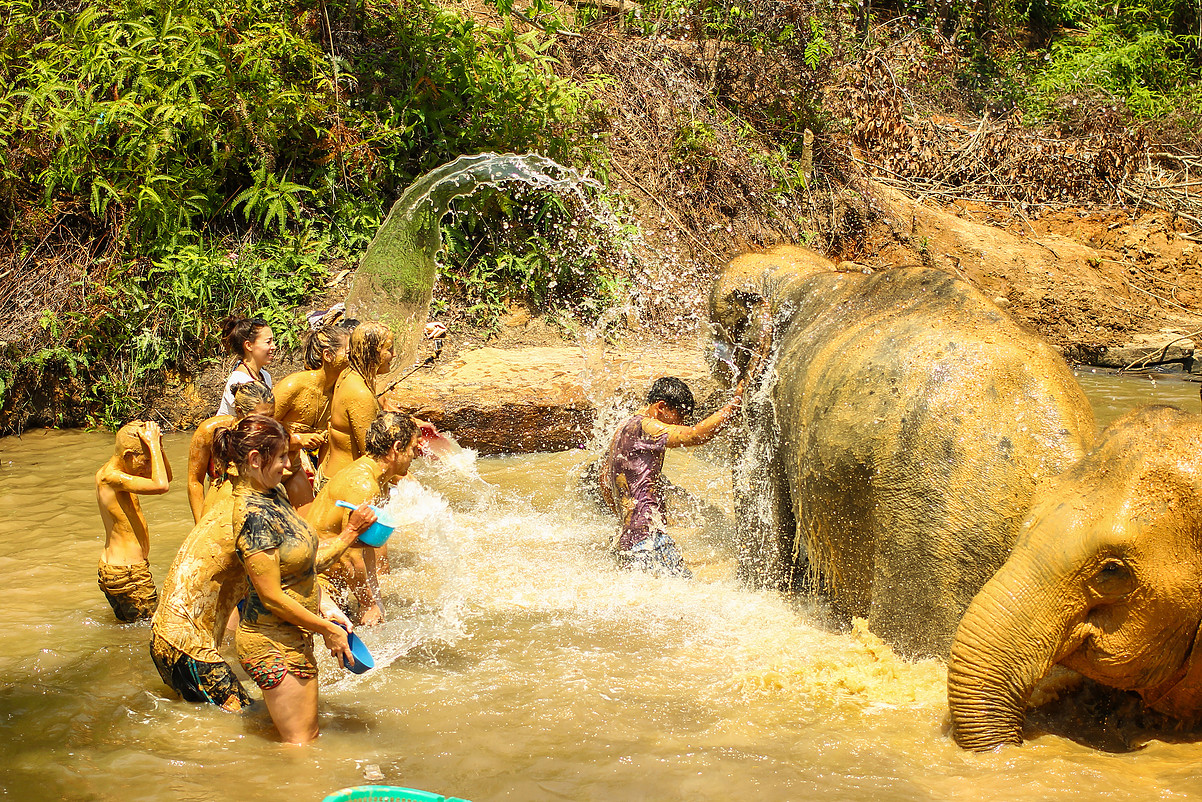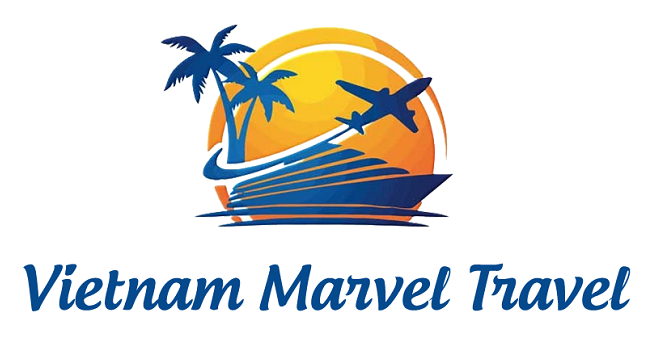Chiang Mai
Chiang Mai: Northern Thailand’s Cultural Soul with Village Charm
Nestled along the serene banks of the Ping River—a vital tributary of the mighty Chao Phraya—Chiang Mai is not only the largest city in northern Thailand but also the country’s third-largest metropolis, following Bangkok and Nakhon Ratchasima. Yet despite its size and growing influence, Chiang Mai feels worlds apart from the typical bustling Asian city. Instead of towering skyscrapers and chaotic traffic, you’ll find leafy lanes, ancient temples, and a distinctive sense of calm that gives the city the character of a sprawling yet harmonious village.
Chiang Mai is the beating heart of northern Thailand—a spiritual, economic, cultural, and educational center that also serves parts of neighboring Myanmar. Its old city, encircled by remnants of 18th-century walls and moats, invites exploration with its atmospheric ruins and timeworn temples dating back to the 13th and 14th centuries. But while its past is beautifully preserved, Chiang Mai is no sleepy relic. The city has blossomed into a dynamic travel hub, drawing visitors from around the world with its mix of heritage, creative energy, mountain charm, and modern comforts.
Travel Guide
1. Transportation in Chiang Mai
1.1. How to Get to Chiang Mai
The fastest and most convenient way to reach Chiang Mai is by air. Chiang Mai International Airport (CNX) is well-connected and welcomes both domestic and international flights, making it easy to fly in from major cities across Asia and beyond. A direct flight from Bangkok to Chiang Mai takes just about 1 hour and 15 minutes, making it ideal for those short on time.
For budget travelers or those seeking a more scenic route, buses and trains are also available. Overnight trains from Bangkok offer a charming experience, especially if you book a sleeper berth. Buses, though less romantic, are another wallet-friendly alternative—just be prepared for a journey of 9 to 12 hours depending on the service.
1.2. How to Get Around Chiang Mai
Once you’ve arrived, getting around Chiang Mai is part of the adventure. Here are the best ways to explore the city:
Songthaews (Red Trucks)
These red pickup trucks fitted with benches in the back are Chiang Mai’s answer to shared taxis. Known locally as rot daeng (meaning “red vehicle”), songthaews don’t run on fixed routes like buses—just flag one down, tell the driver your destination, agree on a fare (usually 30–60 THB within the city), and hop in. Buzz the bell to get off when you’re near your stop.
Tuk-tuks
You’ll spot these iconic three-wheelers zipping around tourist hubs like Tha Pae Gate and the Night Bazaar. Tuk-tuks offer a quick and direct ride, perfect for short city hops. Fares vary depending on distance and time of day, so always negotiate before boarding.
Motorbike Taxis
For solo travelers or those wanting to beat the traffic, motorbike taxis are fast and agile. Drivers wear colorful vests and often wait near popular attractions or intersections. Make sure to agree on a fare upfront, and always wear a helmet.
Cycling
Exploring Chiang Mai by bicycle is a peaceful and eco-friendly option, especially within the Old City where traffic is light. Bike rentals are widely available for around 50–100 THB per day. Always ride on the left side of the road, and if possible, wear a helmet. Use a backpack or crossbody bag rather than a basket to avoid theft.
2. Best Time to Visit Chiang Mai
Chiang Mai shines brightest during its cool season, from November to February. With clear skies, warm sunny days (around 25°C) and pleasantly chilly evenings (dropping to 13°C), this is the most comfortable time to explore temples, trek the mountains, or stroll through night markets.
This period also coincides with major festivals like Loi Krathong and Yi Peng, famous for thousands of lanterns floating into the night sky. However, be prepared for larger crowds and higher prices on accommodation and tours due to peak tourism demand.
Places Of Interest
Wat Phra That Doi Suthep: Chiang Mai’s Sacred Summit
Perched high above Chiang Mai, Wat Phra That Doi Suthep is more than just a landmark—it’s a spiritual symbol of Northern Thailand. This revered mountaintop temple is not only a striking architectural gem but also a deeply significant pilgrimage site, especially during the sacred festivals of Makha Bucha and Visakha Bucha (celebrated annually in February and May).
At its heart stands a dazzling 24-meter-tall golden Chedi, gleaming like a lighthouse of faith on sunny days. This ornate structure, plated entirely in gold, captures the sun’s rays and reflects them across the valley below—a truly breathtaking sight.
Founded in the 14th century, the temple’s origin is steeped in legend: a sacred relic, a white elephant, and a mystical journey up the mountain. The atmosphere here is serene, yet charged with centuries of devotion and myth.
Visitors ascend the famous 306-step staircase flanked by majestic naga serpents, leading to a courtyard rich in detail—Buddha images in Chiang Mai and Sukhothai styles, colorful dragon motifs, and intricate carvings of elephants. Two of the six gates to the inner gallery and chedis are typically open, preserving a sense of exclusivity and reverence.
A small museum on-site adds historical depth, showcasing religious artifacts and offering a quiet moment of reflection amidst the temple’s grandeur.
Whether you’re drawn by the sweeping views, the cultural immersion, or a spiritual connection, Wat Phra That Doi Suthep is a must-visit icon that captures the essence of Thailand’s Lanna heritage.
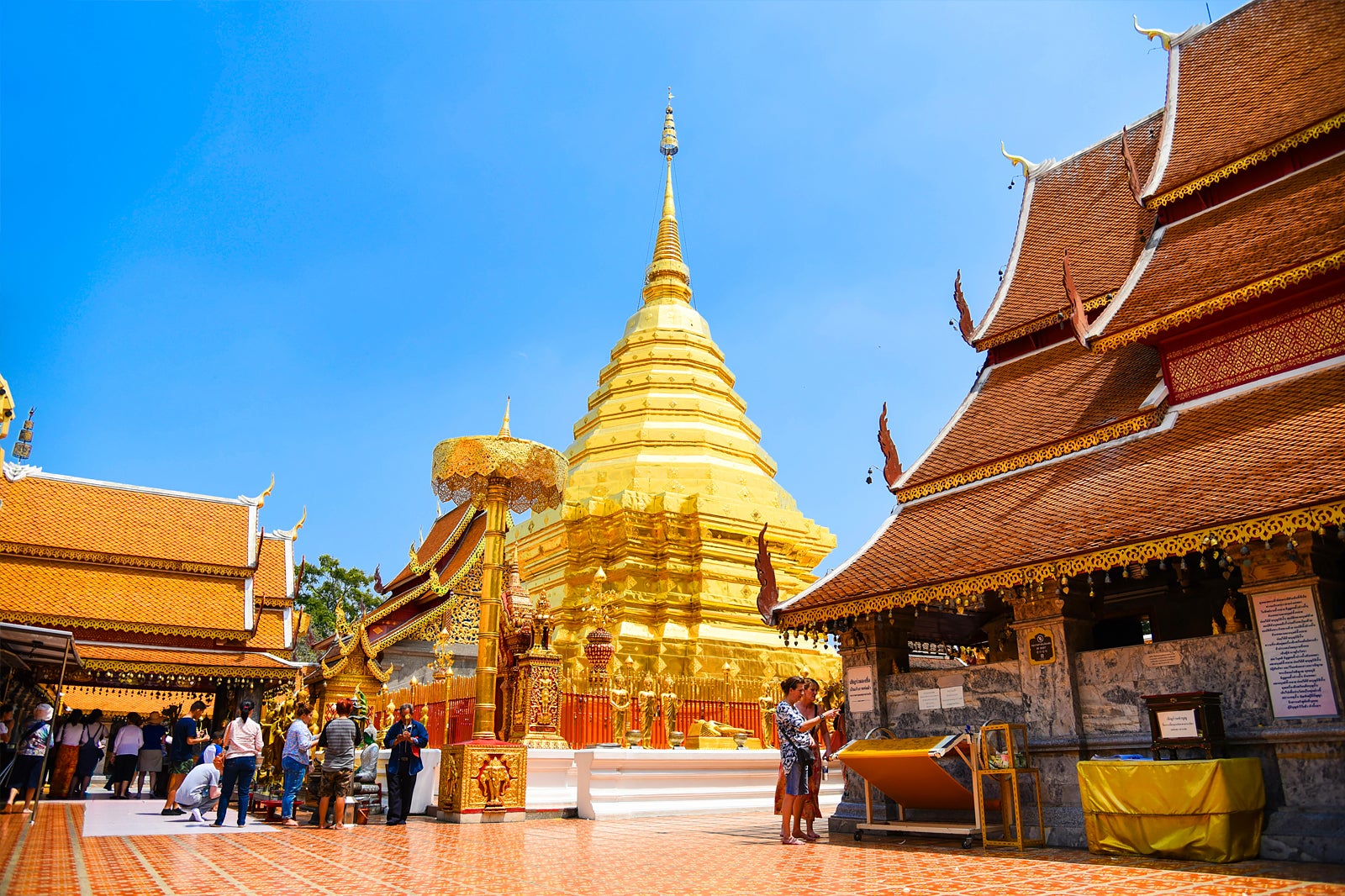
Wat Phra Singh: The Heart of Chiang Mai’s Spiritual Soul
Nestled in the heart of Chiang Mai’s old city, Wat Phra Singh stands as a beacon of Lanna heritage and spiritual devotion. This revered temple, officially known as Wat Phra Singh Woramahawihan, draws pilgrims and travelers alike with its shimmering mosaics, golden spires, and serene ambiance.
At its center lies a stunning sanctuary (wihan) adorned with intricate mirror inlays and flanked by manicured gardens dotted with coffee stalls and traditional massage tents—a testament to the temple’s affluence and its blend of the sacred and the everyday.
The temple’s spiritual magnet is the Phra Singh Buddha, housed inside the exquisitely carved Wihan Lai Kham, a small but richly decorated chapel just south of the temple’s iconic chedi. Said to have originated from Sri Lanka and brought to Chiang Mai in 1367, this statue has long been venerated as a protector of the city. However, its true origins remain shrouded in mystery, with art historians noting that its style closely resembles Northern Thai Buddha figures more than those from Sri Lanka.
To deepen the enigma, near-identical versions of the Phra Singh statue exist—one in the Bangkok National Museum, and another in Wat Phra Mahathat Woramahawihan in Nakhon Si Thammarat. Despite this, the Chiang Mai image holds a special place in local hearts, serving as the spiritual centerpiece of the annual Songkran Festival, where it is ritually paraded through the streets and bathed in scented water.
Inside Wihan Lai Kham, visitors can admire dazzling laikrahm (gold stencil designs) and naga-adorned gables, showcasing the peak of Lanna artistry. It’s not just a place to visit, but a moment to experience—where the city’s sacred past and vibrant present meet in golden harmony.
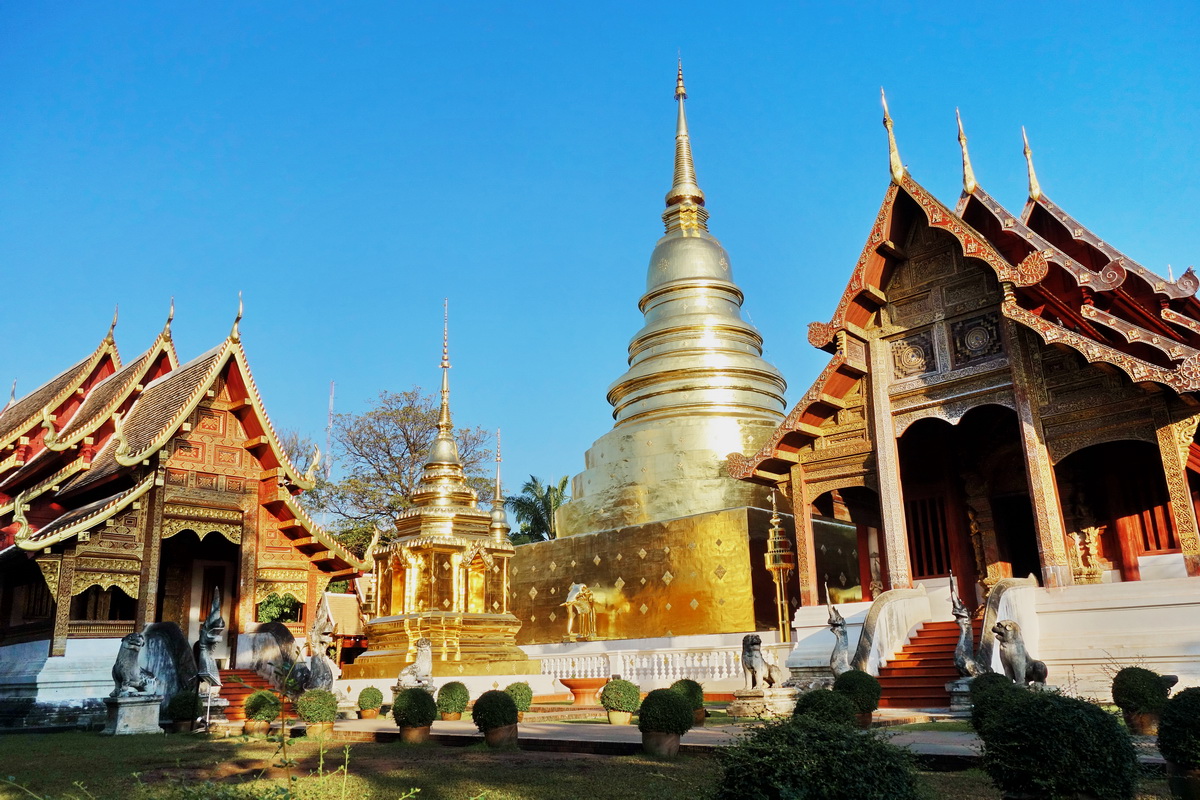
Wat Chedi Luang: The Towering Soul of Chiang Mai’s Ancient Glory
In the heart of Chiang Mai’s old city, Wat Chedi Luang rises like a timeworn sentinel—its crumbling yet majestic Lanna-style chedi offering a glimpse into the city’s medieval splendor. Though less ornate than Wat Phra Singh, the temple’s immense stone stupa, once the tallest structure in ancient Chiang Mai, commands reverence and awe.
Constructed in 1441, the original chedi once soared nearly 90 meters high. Today, despite centuries of decay—caused by either a powerful 16th-century earthquake or Burmese cannon fire during the 1775 conquest—it remains a hauntingly beautiful ruin. Walking through its spacious, almost solemn courtyard, you can feel the quiet echo of history.
Perhaps its most illustrious chapter was between 1468 and 1475, when Wat Chedi Luang housed Thailand’s most sacred relic—the Emerald Buddha (Phra Kaew Morakot), now enshrined in Bangkok’s Grand Palace. A jade replica now occupies the eastern niche, honoring its legendary predecessor.
After centuries of neglect, the site saw a major revival in the 1990s, when a restoration project—led by UNESCO and the Japanese government—reinforced the chedi’s crumbling base and halted its further collapse, carefully preserving its weathered grandeur.
Within the main wihan (assembly hall), visitors encounter the revered Phra Chao Attarot, a graceful standing Buddha flanked by two disciples. Toward the rear of the temple grounds, tucked beneath teak pavilions, lie hidden treasures: a massive reclining Buddha, an elaborately robed seated Buddha with distinct Chinese influences, and quiet corners that feel a world away from the city buzz.
Don’t miss the daily Monk Chat, held beneath a leafy tree in the courtyard. Here, monks invite travelers to engage in open dialogue—discussing Buddhism, Thai culture, and everyday life—creating one of Chiang Mai’s most meaningful cultural experiences.
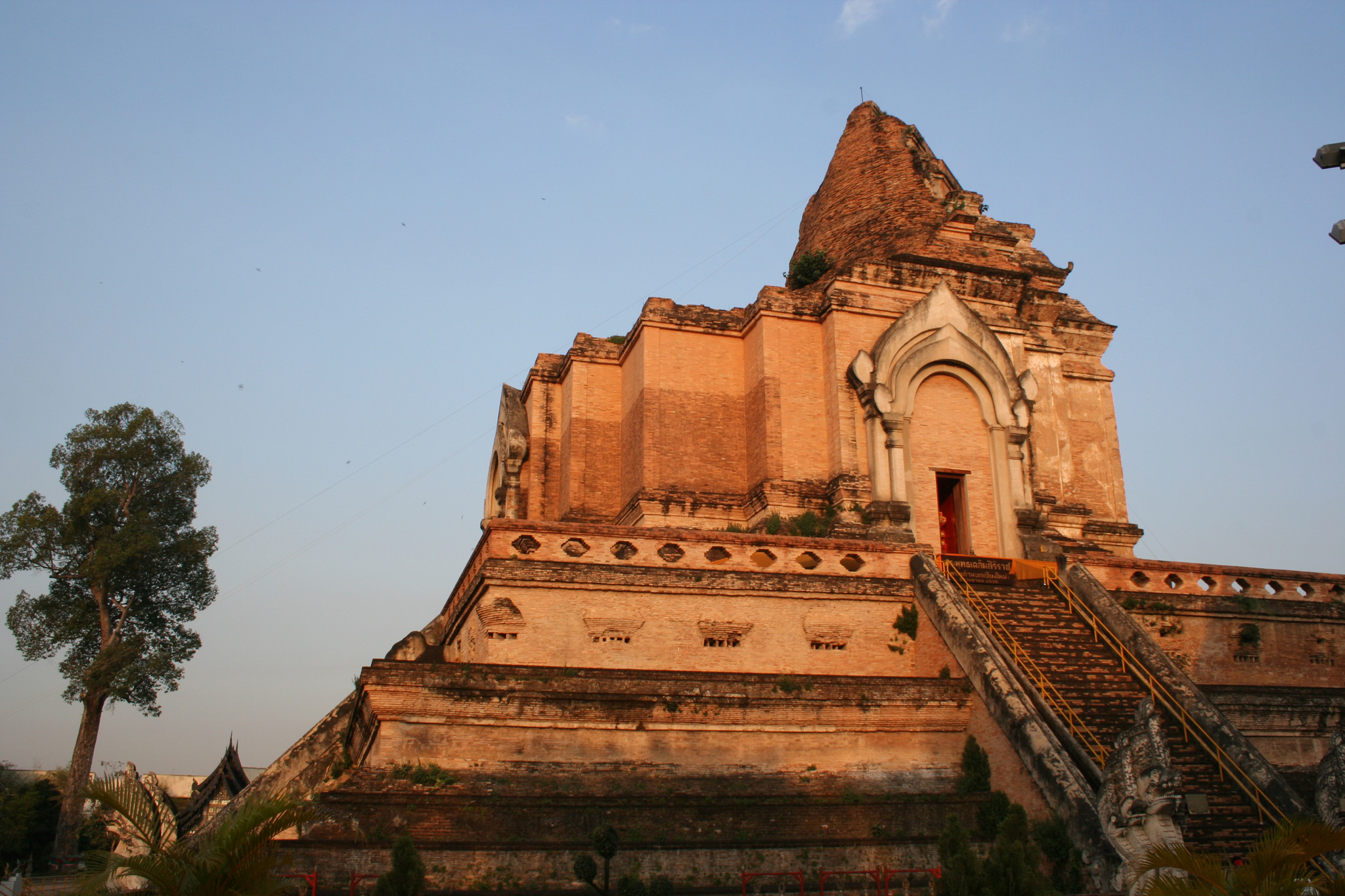
Wat Chiang Man: Chiang Mai’s Oldest Temple and a Timeless Treasure
Step into the pages of Chiang Mai’s rich history at Wat Chiang Man, the city’s very first temple, founded around 1296 by Phaya Mengrai, the visionary king who also established the city itself. Nestled quietly in the northeast corner of the Old City, this temple isn’t just a place of worship—it’s a living chronicle of Lanna heritage.
At the heart of the temple complex stands the ubosot (ordination hall), where a stone inscription dating back to 1581 makes the earliest known mention of Chiang Mai’s founding—a remarkable detail often missed by casual visitors. Inside the main viharn (sanctuary), you’ll find the oldest known Buddha image from the Lanna Kingdom, cast in 1465. It’s a serene, graceful figure that continues to inspire reverence after nearly six centuries.
Equally fascinating are the two guardian Buddhas enshrined in a smaller adjacent viharn. These are not only spiritually important—they’re shrouded in mystery and legend. The Phra Sila, a marble bas-relief Buddha, is believed to have journeyed from Sri Lanka over 1,000 years ago. Next to it sits the Phra Sae Tang Khamani, a crystal Buddha said to have been crafted in the 3rd century AD for the ruler of Lopburi. Both are housed in an ornately carved khong phra chao—a Lanna-style altar modeled after the Hindu mandapa, showcasing the deep fusion of Thai and Indian spiritual architecture.
Completing the scene is the temple’s iconic chedi, whose square base is encircled by life-sized plaster elephants that appear to shoulder the structure’s gilded upper tier. This striking design—a blend of weathered stone and golden brilliance—perfectly reflects the layered history and resilience of Wat Chiang Man.
Whether you’re a first-time visitor or a returning admirer, Wat Chiang Man offers a powerful connection to Chiang Mai’s sacred origins—quietly majestic, historically rich, and spiritually profound.

Doi Inthanon National Park – Thailand’s Roof and a Paradise for Nature Lovers
Home to Thailand’s highest peak at 2,565 meters above sea level, Doi Inthanon National Park offers a spectacular escape into nature just two hours southwest of Chiang Mai. But this park is more than just a mountain — it’s a lush sanctuary filled with cascading waterfalls, cool-climate forests, vibrant hill tribe villages, and cultural treasures.
Whether you’re a seasoned hiker or just in search of fresh mountain air and panoramic views, Doi Inthanon has something for every type of traveler. Trails like the Ang Ka Nature Trail and the Kew Mae Pan Trail reveal rare flora, moss-covered trees, and awe-inspiring vistas, while leisurely visitors can explore photogenic highlights like the twin royal pagodas, built to honor King Bhumibol Adulyadej and Queen Sirikit.
Along the way, you’ll encounter gushing waterfalls like Wachirathan and Sirithan, and possibly stop by a Karen or Hmong hill tribe village for a taste of local culture and handicrafts. Because the park spans a large area, renting a car, hiring a local driver, or hopping on a motorbike is recommended to cover all the must-see spots in one visit.
Start your day early from Chiang Mai, and you’ll have ample time to immerse yourself in Thailand’s “roof of the world” — where misty peaks, royal monuments, and mountain breezes come together for an unforgettable experience.
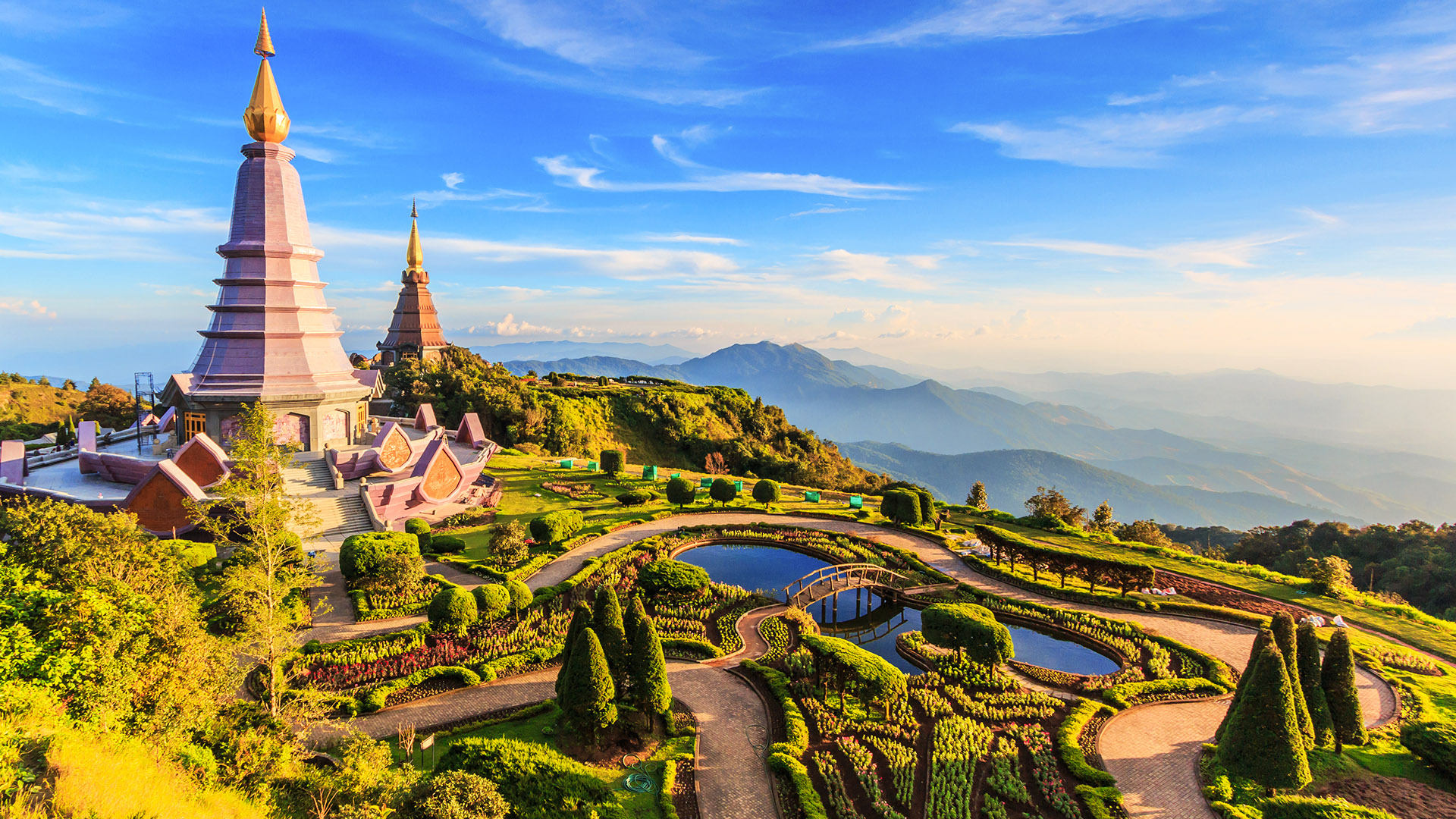
ELEPHANT JUNGLE SANCTUARY, CHIANG MAI
A peaceful escape into the forested hills of northern Thailand, Elephant Jungle Sanctuary Chiang Mai is more than just an elephant encounter—it’s a symbol of change. As one of the country’s pioneers in ethical elephant tourism, this sanctuary provides a safe and respectful haven for rescued elephants, many of whom once endured grueling labor in the logging and tourism industries.
Here, there’s no riding, no tricks, and absolutely no exploitation. Instead, visitors are invited into the elephants’ world—on their terms. Whether it’s feeding these gentle giants, watching them bathe in mud pools, or simply observing their natural behavior, every moment is about meaningful connection and responsible interaction.
The sanctuary is co-managed by members of the local Karen hill tribe and residents of Chiang Mai, ensuring that both the elephants and the community benefit. Located about 60 kilometers from Chiang Mai city, the sanctuary spans multiple open-air locations where around 30 elephants now roam freely, forage, and heal in peace.
If you’re searching for a genuinely ethical elephant experience in Thailand, this sanctuary offers an unforgettable blend of education, conservation, and heartfelt encounters in a serene jungle setting.
More information by Vietnam Marvel Travel
